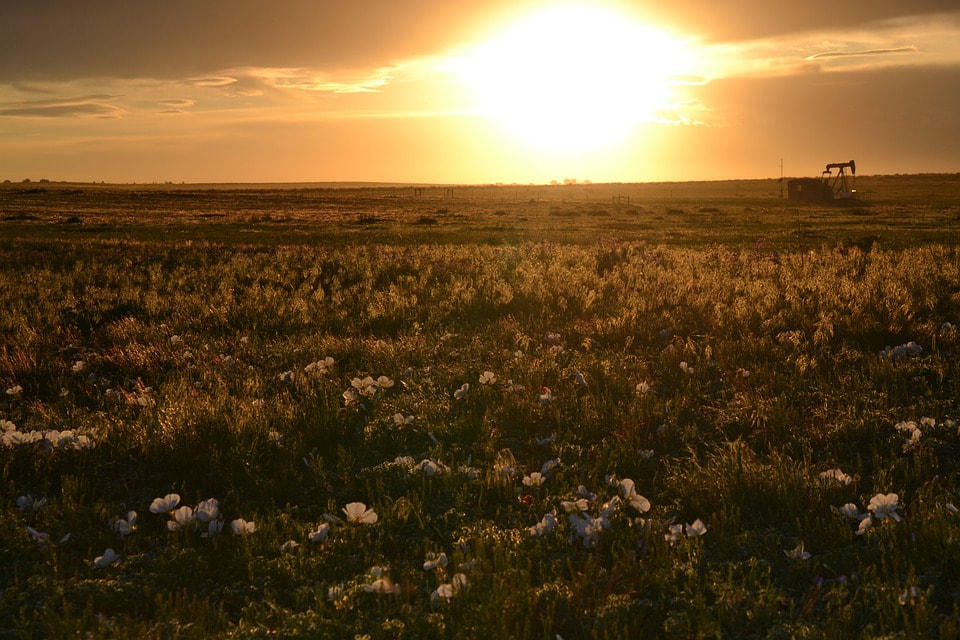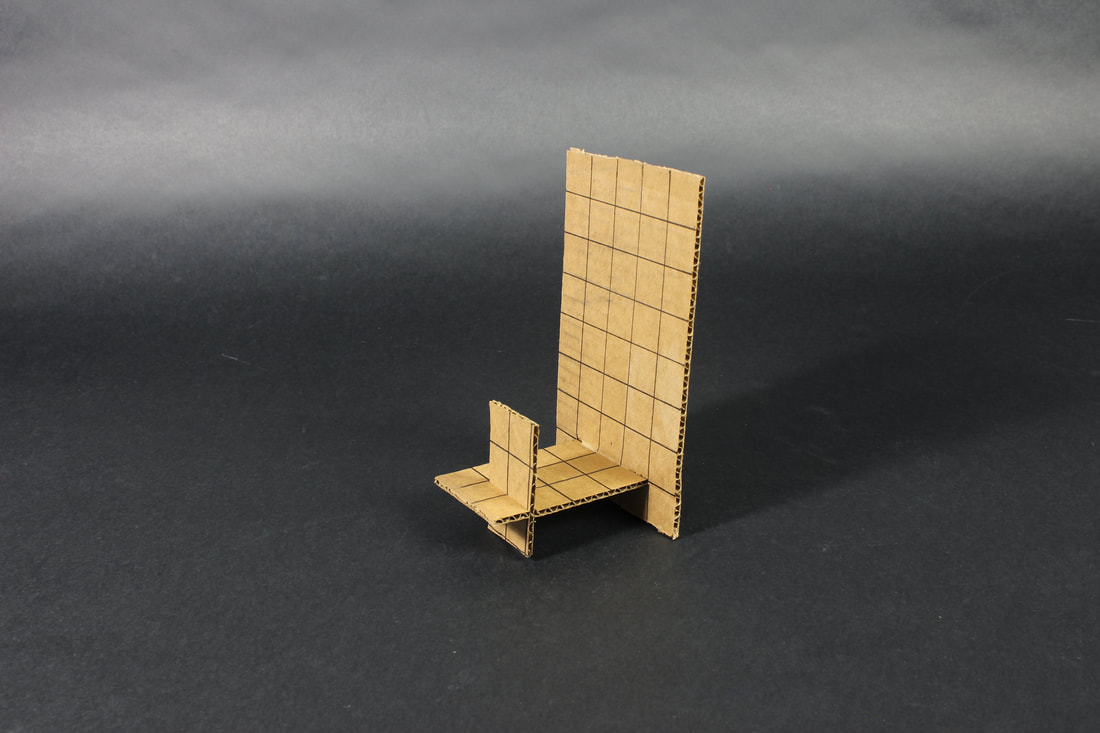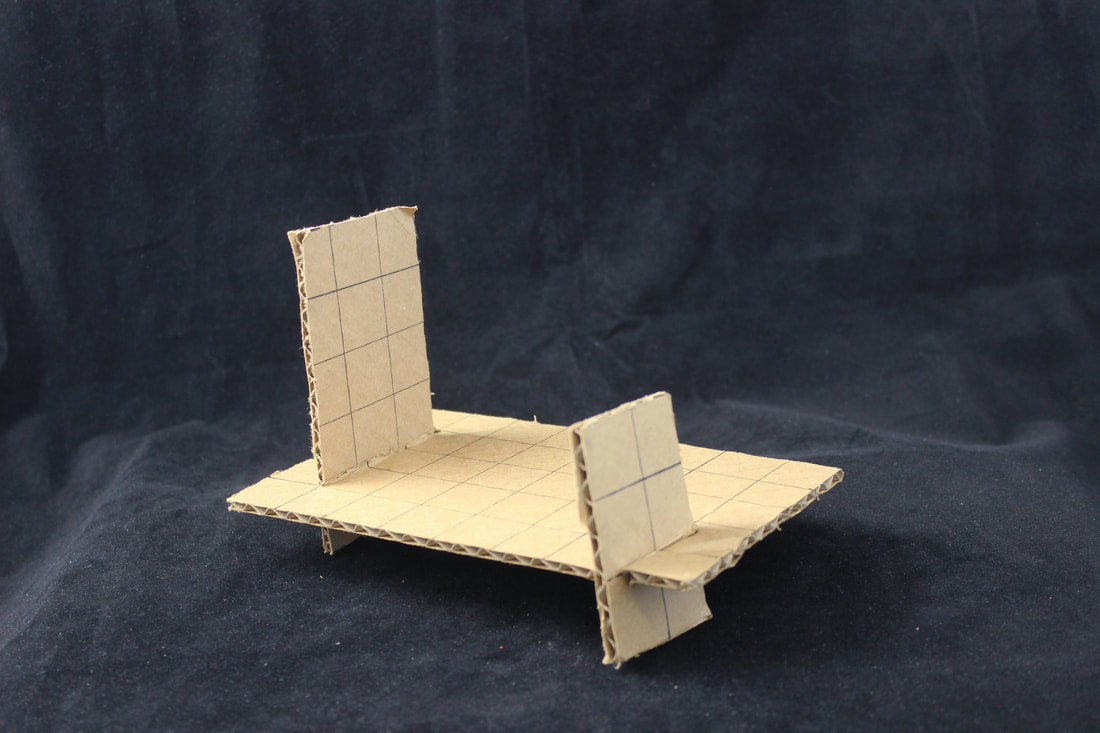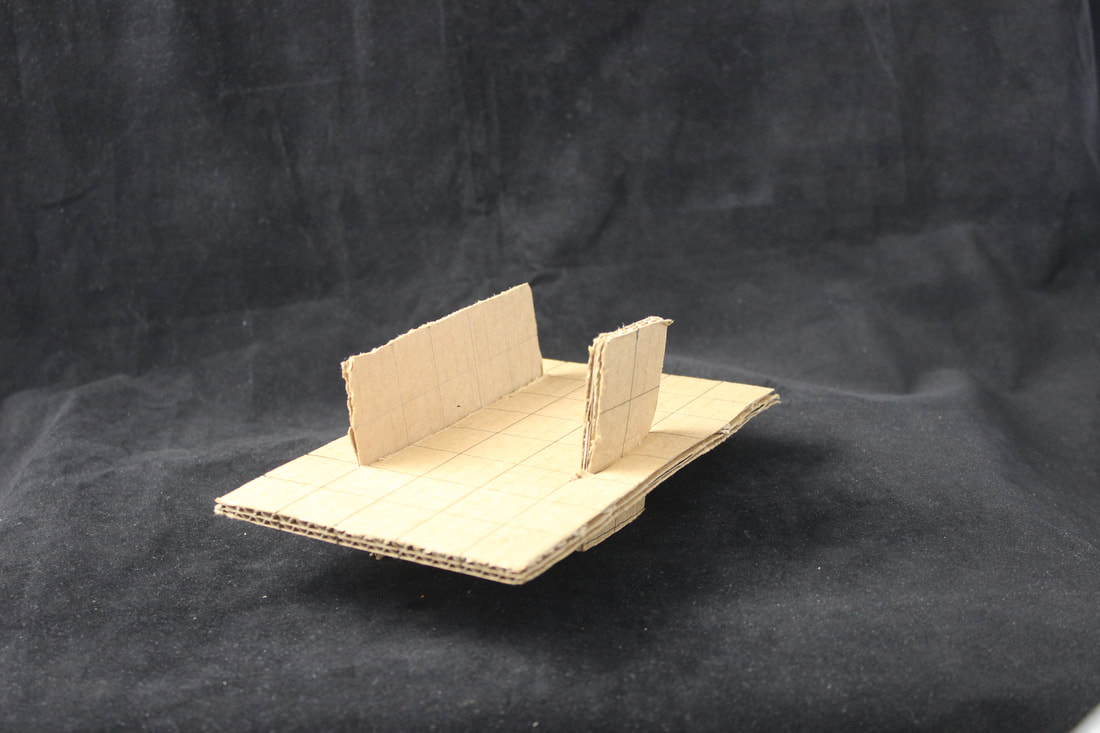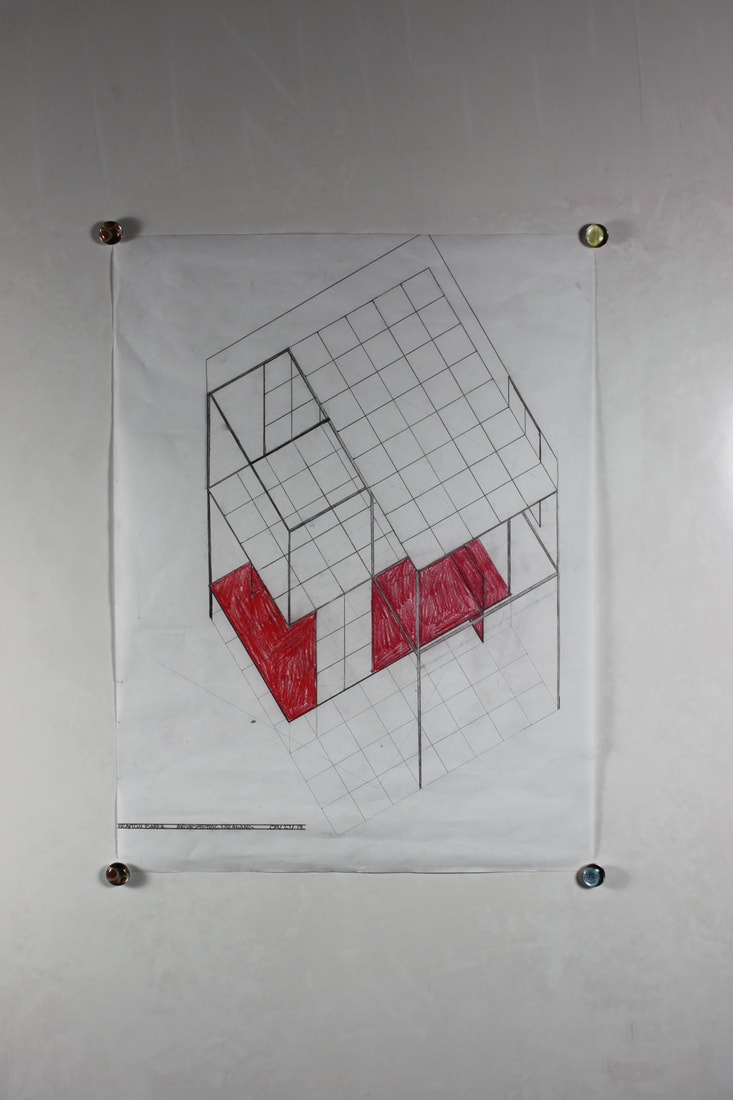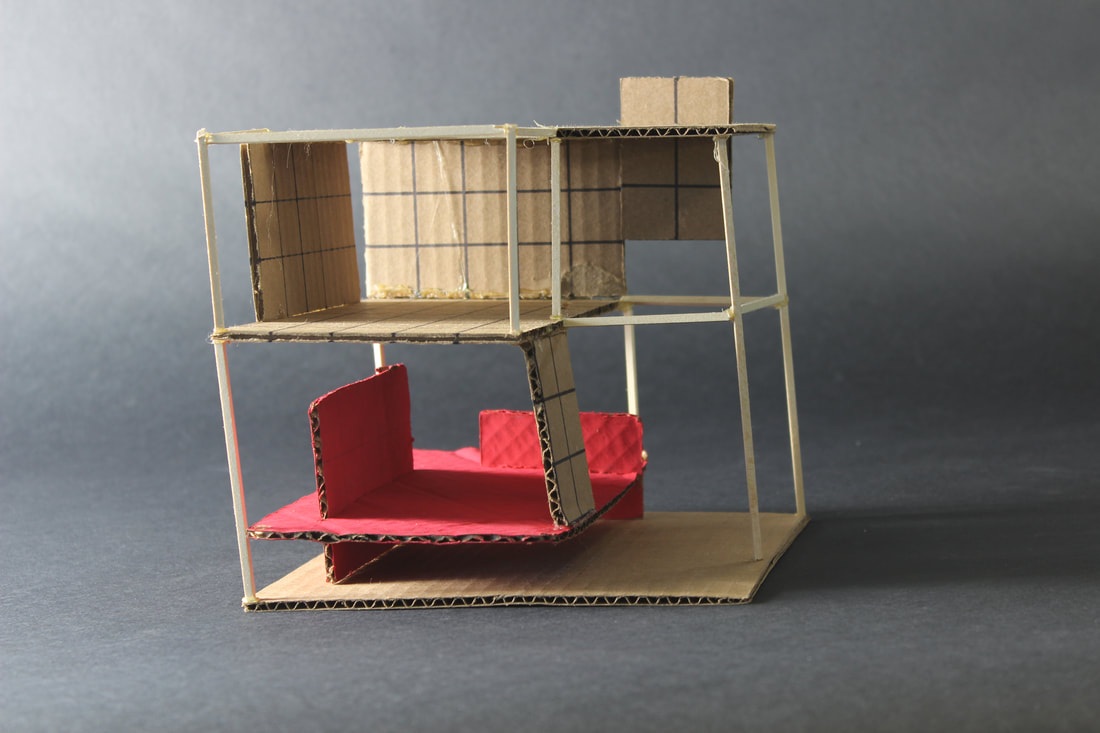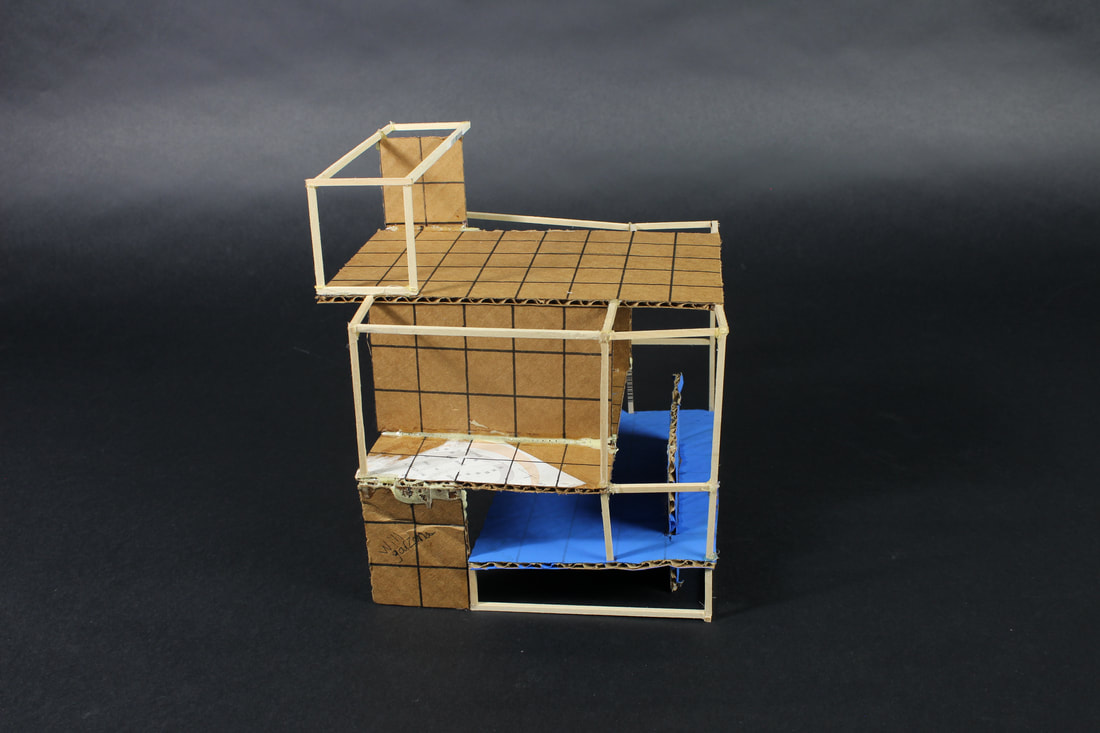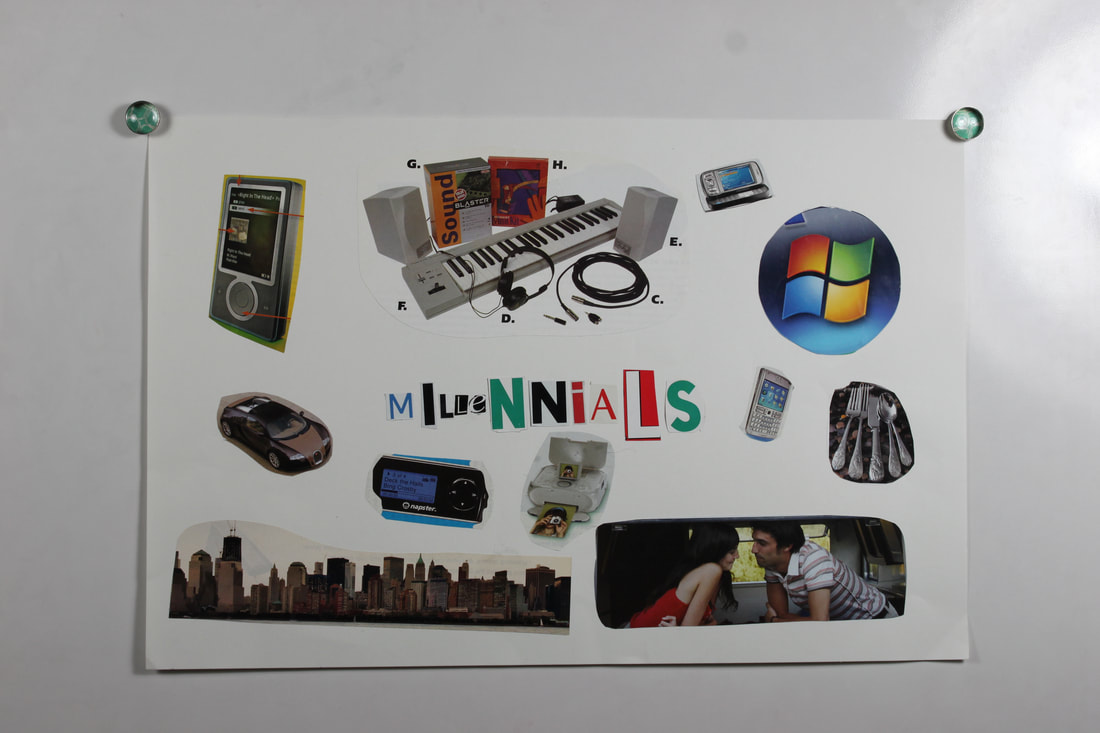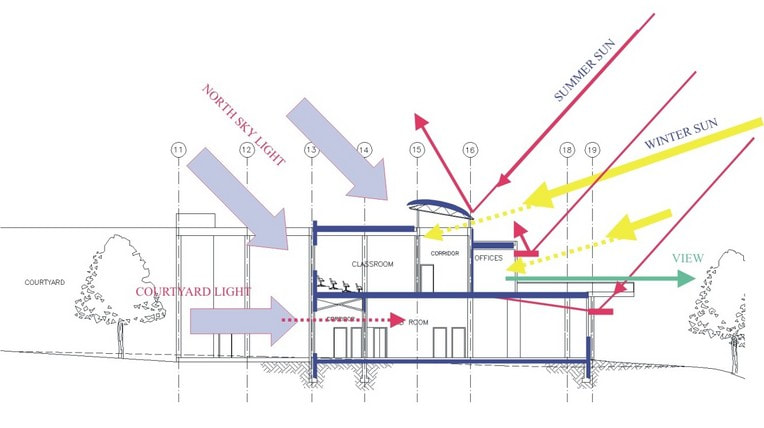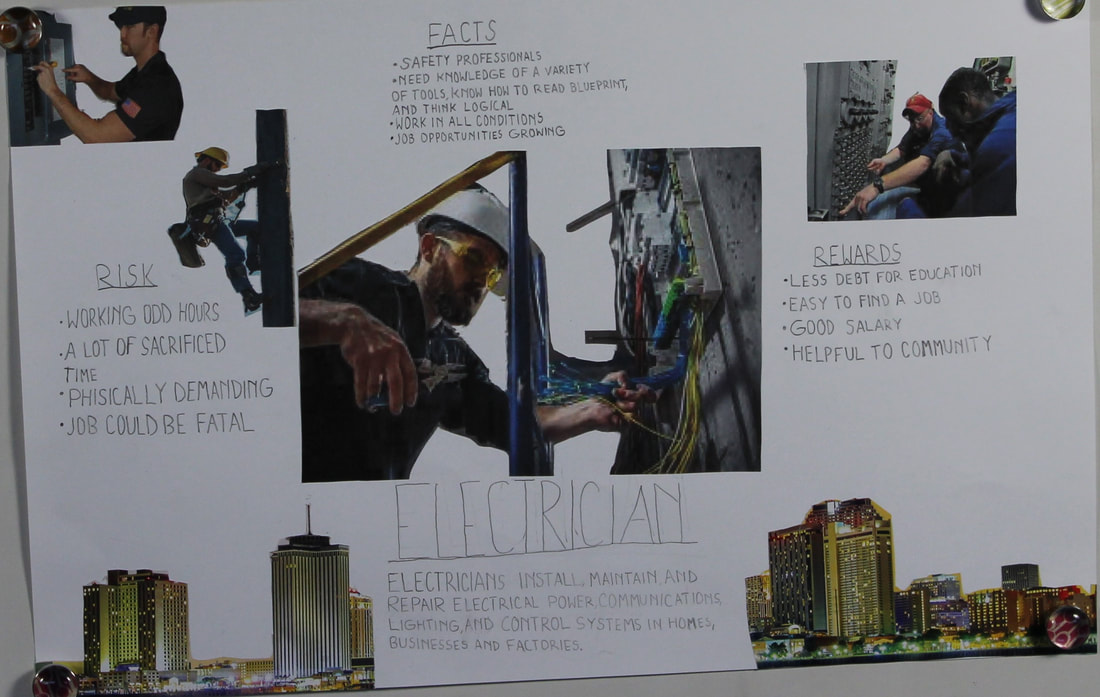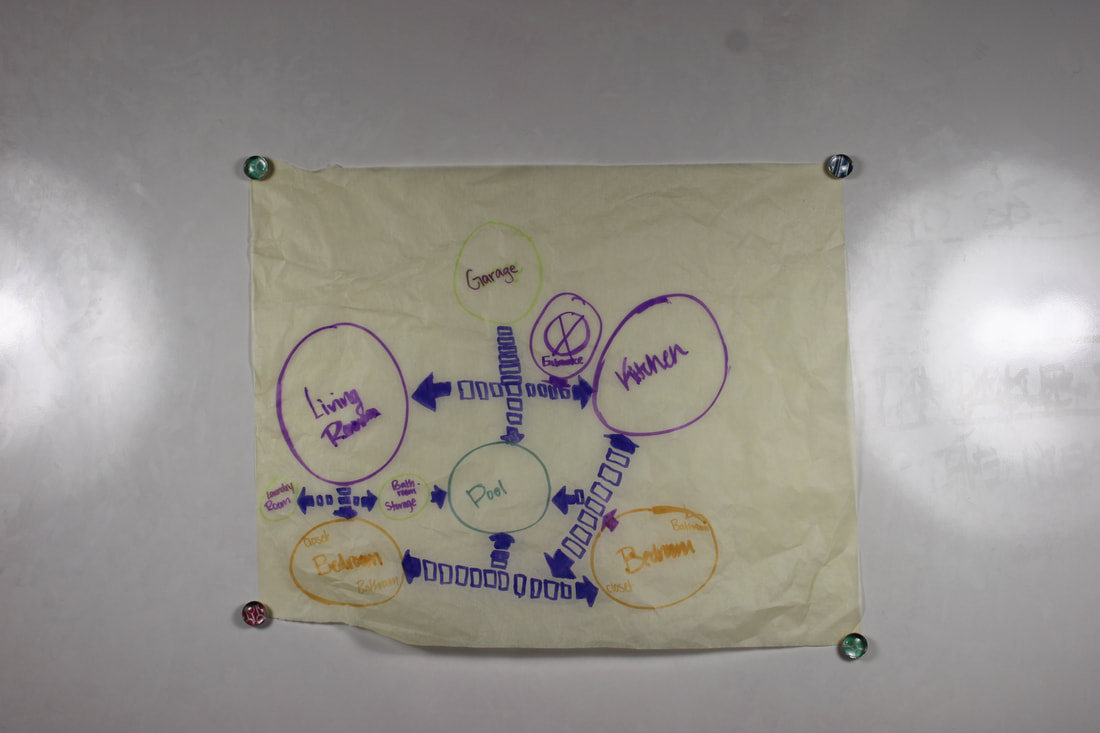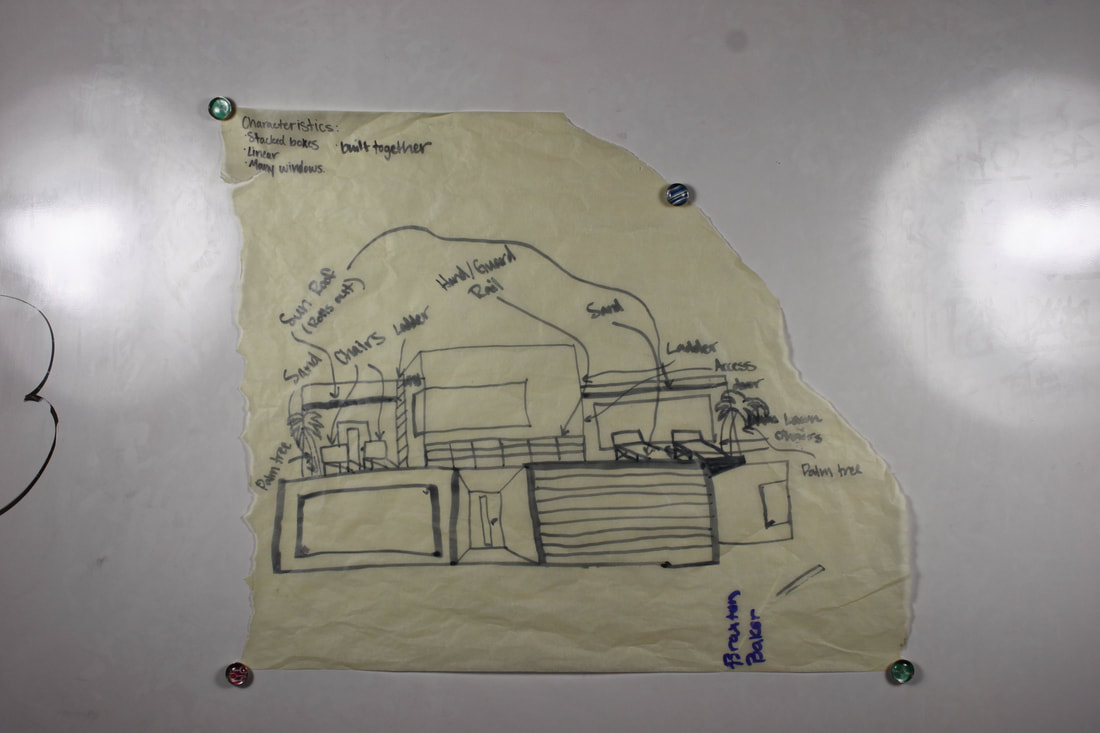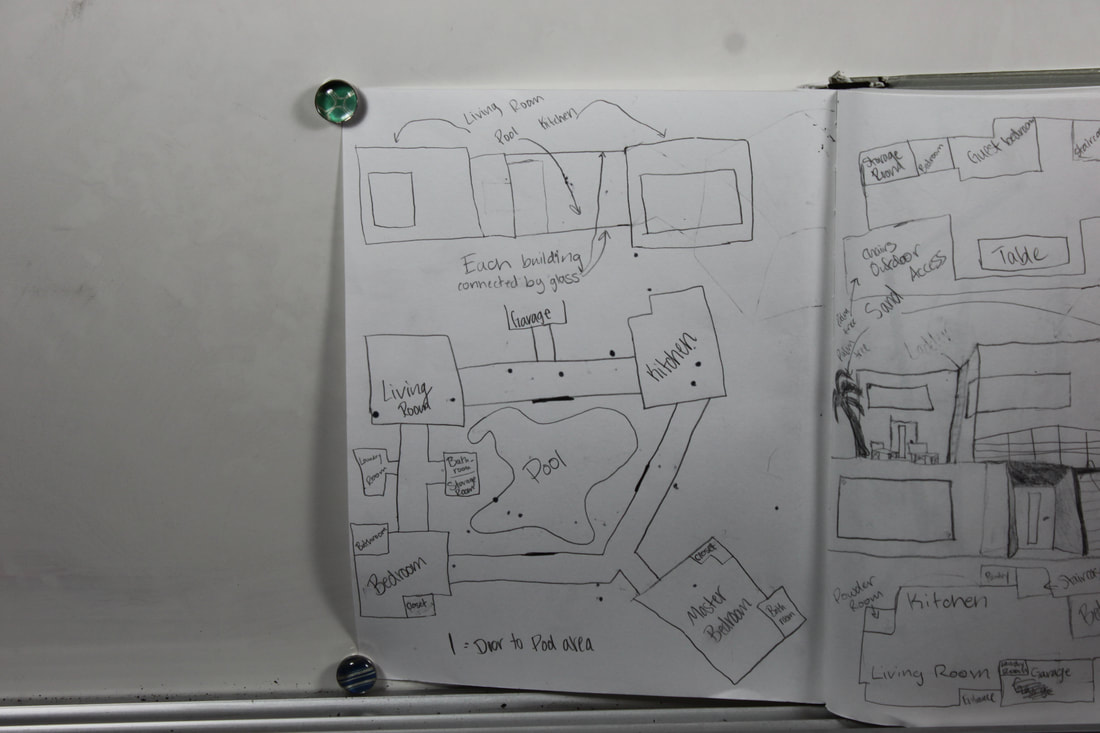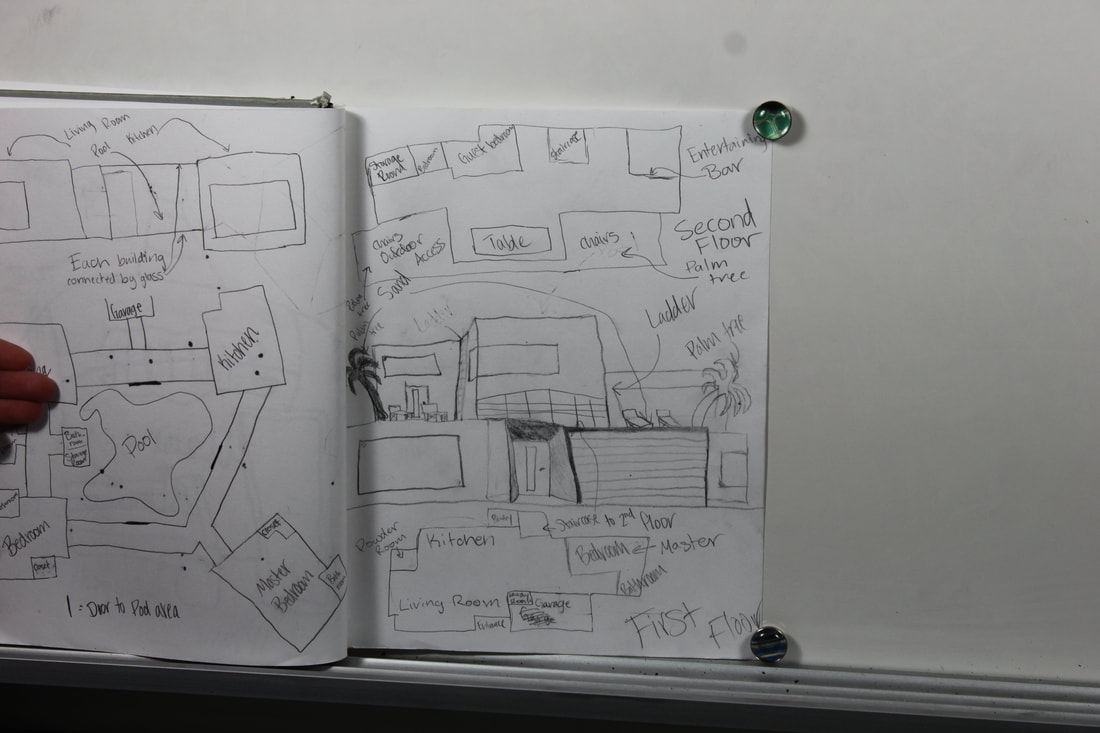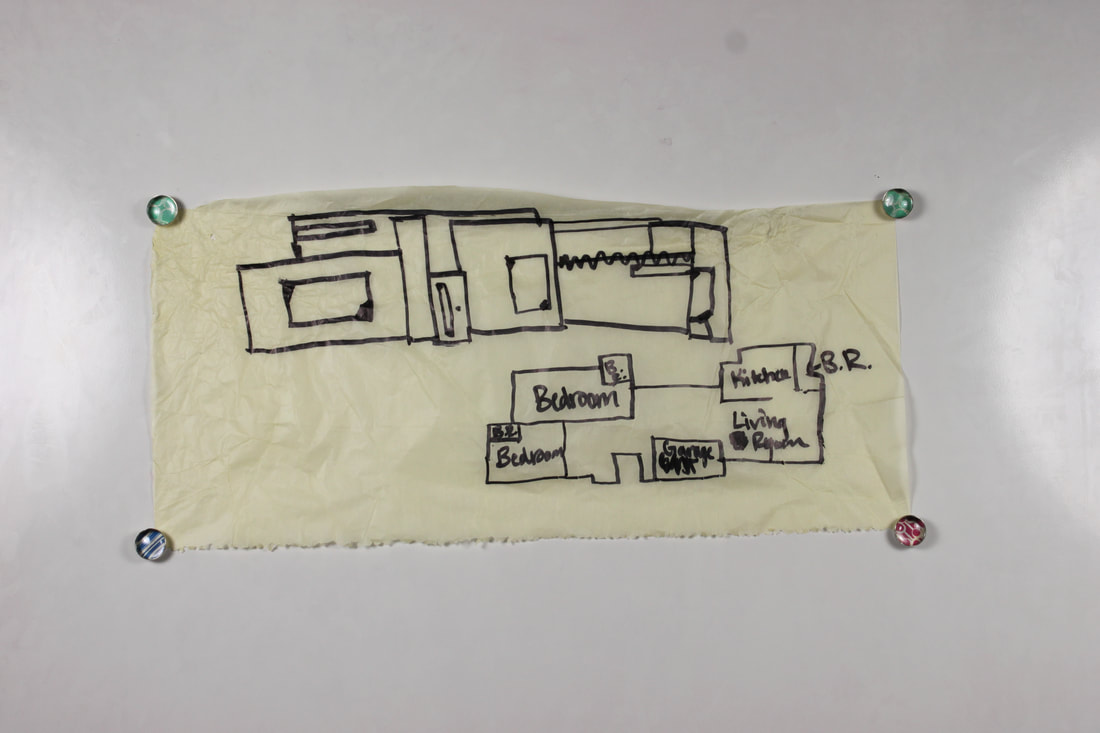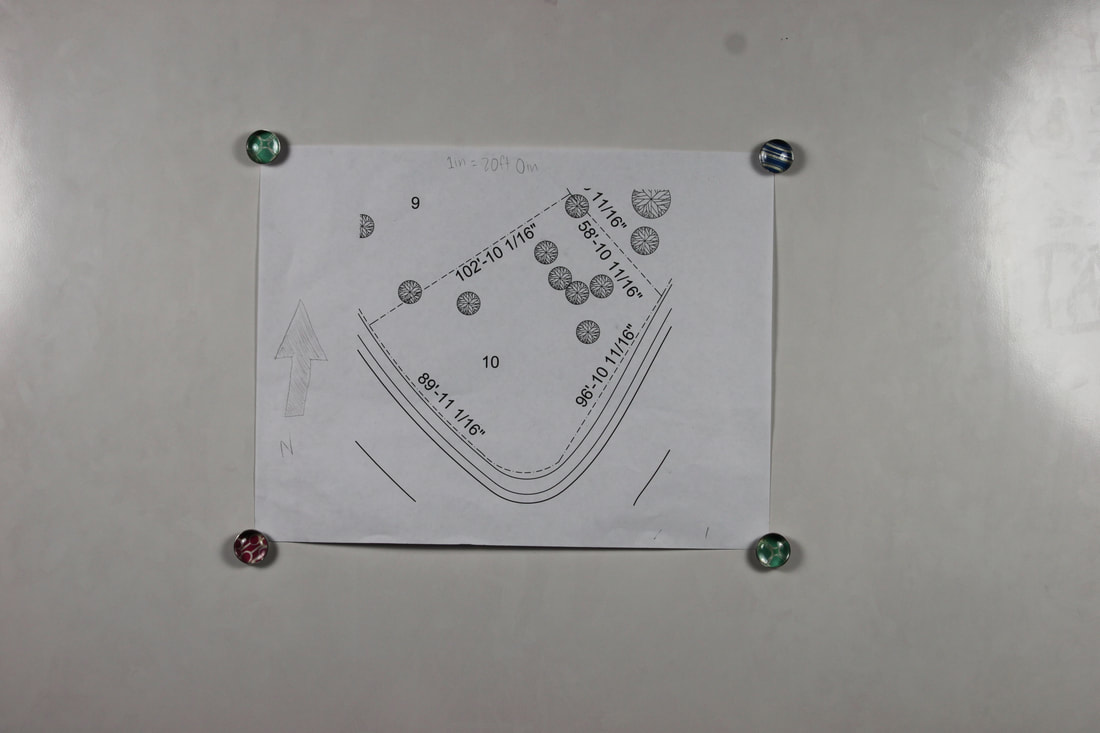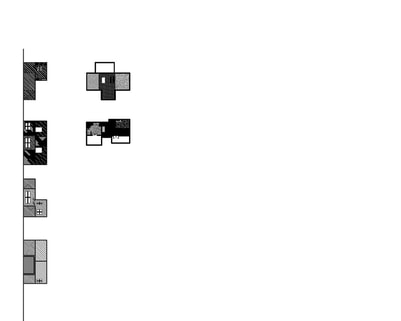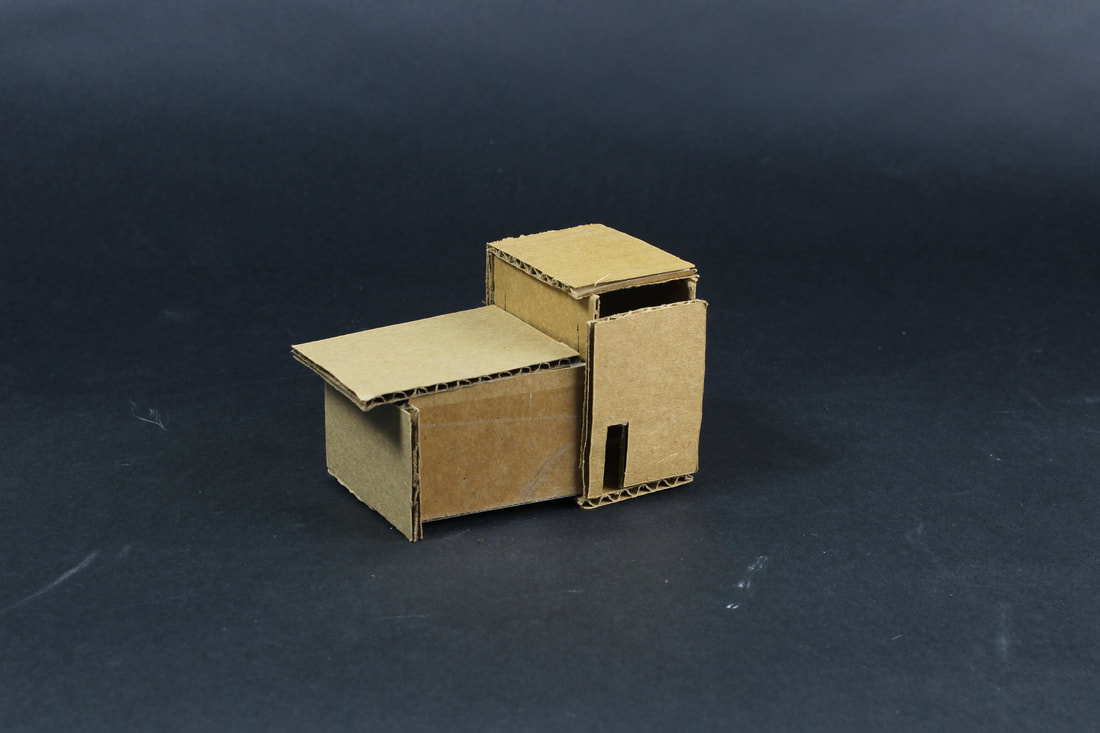Braxton Baker: Architectural Design I
|
Fibonacci Spiral- This was the first part of our project. We had to learn about the sequence of numbers in this spiral and what they meant. The rule of the sequence is that the next number is found by adding the two numbers before it, starting with 1. It looks like this- 0, 1, 1, 2, 3, 5, 8, 13, 21, 34, and so on. This ties into the sizes of our planes, which you will see below. Our smallest plane was 2 inches by 3 inches. The next was 3 by 5, and the largest was 5 inches by 8 inches.
|
|
Prairie- This landscape was the one that I chose for my “house” to be sat in. Many people think that this is one of the most boring places to live. It's not all that exciting, but sometimes the peace and quiet by itself is enough. I doesn't get extremely hot, it rains a good amount (sometimes snow up north in the U.S.), and it can get pretty cold during the winter. Living on the prairie is like floating along a great sea of grass.
|
|
The drawing above and the model over to the right are the final pieces of the Fibonacci Project. After creating three cardboard plane models (red in final model, two others shown above), we picked our favorite model to build our cube off of. Our goal was to build a structure that would blend with our chosen landscapes, as if they had always been there. Along with the cardboard planes we created, we also had pieces of basswood that we could finish out and add to our structures with. With the basswood, we could create new spaces with the spaces we had already made, as well as defining open spaces. In the end, we all made a unique product that not only reflected the landscape, but also us, as the individual designers and builders who brought our structures to life.
|
Project 02- Sustainable Houses
Our task with this project was to design a small, sustainable house for a millennial couple in Carrolton, Texas. Next to our school, there is a patch of untouched land which in this instance was purchased for residential houses. There were 28 different lots we blindly chose from, each with it's own restrictions of where we could build and locate the house. We came up with different ideas, used a new program called Auto Cad, and spent a whole lot of time thinking. In the end, each student had constructed a new, unique house to present to a panel of architects to get critiqued.
Millennial Poster/ Sustainable Diagram
|
In the very beginning of this large project, our job was to create a poster about things that would have been very important to millennials, as well as the items they used. This was going to help us a serve as research about the millennial couples that would be living in our houses.
|
The diagram below is one of the couple diagrams I studied to learn how a sustainable worked and interacted with the environment and the elements. These proved to be extremely helpful when it came time to start designing our houses.
|
Design
|
When we took the time to come up with different designs, we had to keep in mind that we were working in the "Urban Prairie" as shown to the right. My favorite method is the "stacked boxes" type of house (shown at the bottom). I've always loved the way the house looked aesthetically as well as how sustainable they could be. I came up with several different ideas, and tested the shapes and different aspects with architectural Legos Mr. Carson had provided us with. I ended up running with the stacked boxes design very similar to the design down to the left.
|
Final Model/Drawings and Conclusion
My lot is shown above that I had chosen for my house to be set in. I had the largest lot of the entire class, but I also had the most restrictions in my lot as well. I had many trees, and I didn't want to cut them down so I could keep my project as sustainable as possible. I built around and worked with the trees, as I did not want to disturb and remove them from where they grew. I’m the end, the layout I used worked out, but the architects I presented to moved and shifted things around in ways I had never thought of before, and that was the lesson I learned this semester. Never be afraid to run with your ideas. You never know what’s in store.

